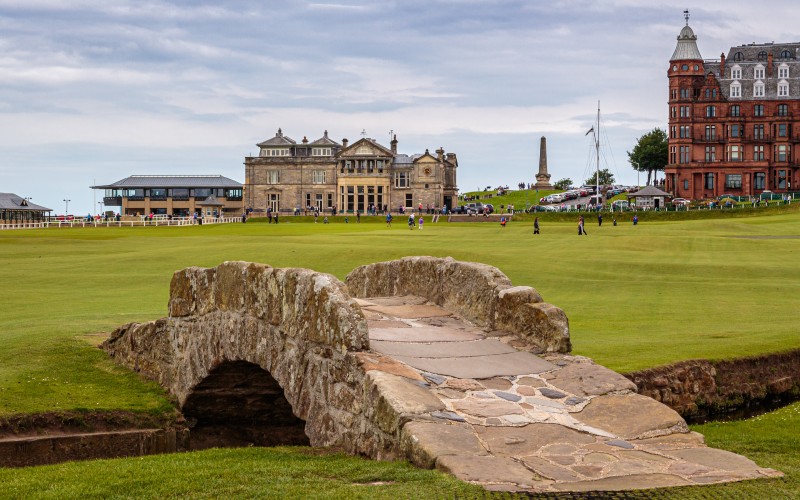
Alistair Lang is a Corporate, Commercial and Intellectual Property Partner at Thorntons Solicitors, represents some of Scotland’s biggest golf resorts including St Andrews, Carnoustie, Royal Dornoch, Dumbarnie, and he represented the owners of Castle Stuart Golf Links in their sale to Cabot Collection in the summer of 2022.
Given the economic downturn, record energy prices and recruitment crisis, golf clubs across Scotland would be forgiven for going into the new golf season anxious for the future, but 2023 promises to be quite the opposite for many courses.
2022 will remain a landmark year following on from the 150th Open, when St Andrew’s was on full display for the world to see and the Old Course showed there is life still in the 600-year-old home of golf.
1.3 million people applied for a ticket to the historic event and its legacy will have a huge impact on a generation of golf fans. A world record 290,000 fans were at St Andrews for the special weekend, and it placed Scotland firmly on the map as a world class destination for sporting events.
Golf remains one of Scotland’s biggest drivers for tourism with thousands of visitors coming each year. Post lockdown most clubs have seen a growth in international visitors. We often view this as luxury travel but at Thorntons we are seeing clubs across a range of price points welcoming more players from overseas, which is only a positive for not just golf but for the Scottish economy.
While the golf tourist is certainly not a new focus for the sport clubs, they are increasingly considering their offerings and appeal to a global market.
Dumbarnie Links was recently awarded Best Golf Experience at the Scottish Golf Tourism Awards, and given the course only opened in 2020 I think this demonstrates the appeal and demand for quality golf experiences from international visitors.
Significantly, the interest in golf within Scotland is not just limited to playing; international firms are also investing. Canadian firm, Cabot, recently purchased a majority interest in Castle Stuart Golf Links, now rebranded Cabot Highlands. It is the first UK based property for the residential golf resort business, which plans to build a second course designed by architect Tom Doak and playing around Castle Stuart’s 400-year-old castle - which was a stronghold of the Earls of Moray and was built on land granted to James Stuart, the half-brother of Mary Queen of Scots.
This multi-million-pound investment, which brings together history, heritage, culture and sport, highlights Scotland’s truly unique golf offering.
At the grassroots level of the sport, there can be little doubt that golf has an accessibility issue which does put off some people who may be otherwise be interested.
The clubs I have been speaking with certainly have making golf more accessible high on their agenda for 2023.
The opening of Top Golf on the southside of Glasgow has created a great opportunity for clubs across Scotland to attract more members. The American business captures a younger and more female focused audience which traditional clubs have historically failed to do. Only around 13% of all golf course memberships are held by females, compared with a near 50% spilt of Top Golf users; a significant difference which shows women want to play.
This hasn’t gone unnoticed by even the most renowned golf destinations. In a first for St Andrews, it recently partnered with Top Golf to provide coaching and low-cost opportunities for young players to get into golf.
So, I think there are more than enough reasons for those of us within the industry to feel very optimistic about the year ahead. There is no doubt the economic challenges remain and all clubs need to be cautious, but we should be proud of what we have achieved in 2022 and look to build upon it. The future looks bright for players and courses, of all levels.
